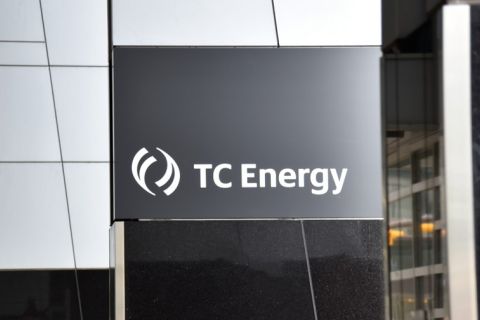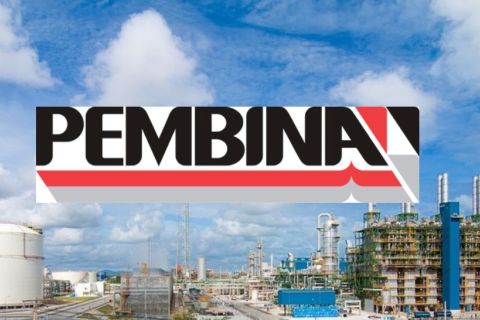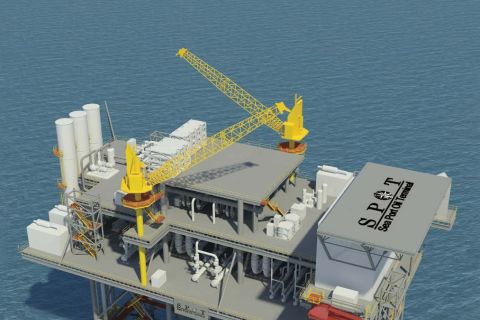According to a survey by Microsoft, 89% of oil and gas experts believe that to efficiently collect, store, process, and report data, the need for high-performance computing (HPC) is critical. HPC server clusters are commonplace in the oil and gas industry, providing computations and performing multiple iterations much faster than legacy server environments. The decrease in time required to deliver the data, analyze them, and produce forecasting models leads to faster, more intelligent business decisions. The rapidly growing demands of HPC environments, however, are outpacing organizations’ ability to expand their internal data centers to meet these demands. As the need for HPC environments grows, so does the expense to build, maintain, and properly cool them.
Co-location data centers as a solution
Many companies are discovering the benefits of using third party co-location data centers. Only a few of today’s data center facilities, however, are equipped to address all of the needs of HPC users. Often referred to as world-class data centers (WCDCs), these facilities are designed to support high power densities, reduce power costs, increase cooling efficiencies, and support flexible deployment requirements. Co-locating in a WCDC not only saves companies from the high construction costs associated with building a data center and staffing and maintaining these facilities, but because they are uniquely designed to handle multiple HPC clusters, WCDCs afford companies the ability to expand as HPC demands grow. WCDCs also provide the knowledge and staff necessary to construct and operate these facilities.

Ceiling return air plenums separate hot and cold air, transferring heat from the servers to the mechanical plant. (Photos courtesy of Data Foundry)
Power and cooling
HPC environments require a higher density of power and produce significantly more heat than standard server environments. Multiple levels of redundancy are built into every phase of a WCDC’s power infrastructure, from the substations to power distribution units. Redundancy starts with dual power feeds supplied by separate substations, with each substation powered by independent power plants. This level of redundancy keeps the HPC environment operational in the case of a major power outage.
A continuous water supply for chilled water cooling also is vital to a WCDC. Like the other utilities, the dual water feeds should enter the property and connect to mechanical equipment through diverse paths. Parallel water lines connect the cooling towers and chillers, providing increased redundancy and concurrent maintainability.
Because every HPC cluster is unique, it also has a unique set of power and cooling requirements. The method in which equipment is cooled varies based on the amount of power drawn:
Standard cabinets: < 8kw
Chimneys: < 25kw
Hot/cold aisle containment: < 30kw
Rear door heat exchangers: < 60kw
Chilled water to cabinet cooling: > 60 kw
To support the wide variety of power densities and cooling configurations, WCDCs feature top-of-the-line equipment designed to conserve energy, withstand load increases, and provide reliable high performance. Heat can be managed through a number of options, including chimney cabinets, hot or cold aisle containment, rear door heat exchangers, and chilled water systems.
WCDCs use these cooling methods in tandem to remove heat from the HPC environment. Ceiling return air plenums quickly separate hot air from the cold air to prevent mingling on the data center floor. The chilled water system transfers heat from the servers to the mechanical plant through chilled water pipes. The resulting warm water is then circulated through large chillers and cooled for reuse. Water-cooled in-cabinet heat exchangers also are commonly used in the highest density configurations such as those used by oil and gas companies. This design consumes significantly less electricity than conventional standalone air-cooled systems. It also provides a higher concentration of cooling to locations with HPC equipment and supports higher temperature returns, making the overall environment easier to manage.
Flexibility
WCDCs offer greater flexibility at lower cost. These facilities are designed to accommodate increased storage demands and long-term business growth. Oil and gas companies typically upgrade hardware every two years and maintain rigorous maintenance schedules. WCDCs allow companies to stay up to date and at peak performance by providing dedicated, knowledgeable staff who understand the HPC environment and are able to swap out and rapidly deploy equipment with zero downtime.
WCDCs provide customers with instant space to meet changing data storage needs. Collecting petabytes of data a year, these customers are able to scale up as their business needs grow instead of scrambling to find more space or maintaining extra space until they need it.

Accessibility and security
Engineers need to know that their data are highly secure but also accessible at any time. WCDCs feature multiple levels of security authentication as well as customizable access options like biometric scanners, which allow direct access to customer equipment through separate, secured entrances.
Engineers also need access to their equipment at any time. HPC equipment requires more maintenance and replacement than standard server equipment. WCDCs have security and operations staff on hand to allow facility access any time of day, and they also can act as remote hands when customers cannot physically be at the data center.
In addition to physical access, a WCDC provides a high-speed fiber backbone and carrier-neutral options to its customers for remote access. One of the biggest issues facing oil and gas companies is finding a facility with the high bandwidth and low latency capabilities required when accessing petabytes of information remotely. By providing numerous carrier options, WCDCs ensure companies get the best rate from the provider with the highest bandwidth and lowest latency. Data also can be accessed instantly from any remote facility at any time.
By providing oil and gas companies with cheaper, more efficient power and cooling options, room to grow, and ample security and accessibility, WCDCs can meet the growing demands of the oil and gas industry and their HPC environments.
Recommended Reading
TC Energy’s Keystone Back Online After Temporary Service Halt
2024-03-10 - As Canada’s pipeline network runs full, producers are anxious for the Trans Mountain Expansion to come online.
Early Startup of Trans Mountain Pipeline Expansion Surprises Analysts
2024-04-04 - Analysts had expected the Trans Mountain Pipeline expansion to commence operations in June but the company said the system will begin shipping crude on May 1.
Pembina Pipeline Enters Ethane-Supply Agreement, Slow Walks LNG Project
2024-02-26 - Canadian midstream company Pembina Pipeline also said it would hold off on new LNG terminal decision in a fourth quarter earnings call.
Enterprise Gains Deepwater Port License for SPOT Offshore Texas
2024-04-09 - Enterprise Products Partners’ Sea Port Oil Terminal is located approximately 30 nautical miles off Brazoria County, Texas, in 115 ft of water and is capable of loading 2 MMbbl/d of crude oil.
Enbridge Announces $500MM Investment in Gulf Coast Facilities
2024-03-06 - Enbridge’s 2024 budget will go primarily towards crude export and storage, advancing plans that see continued growth in power generated by natural gas.




